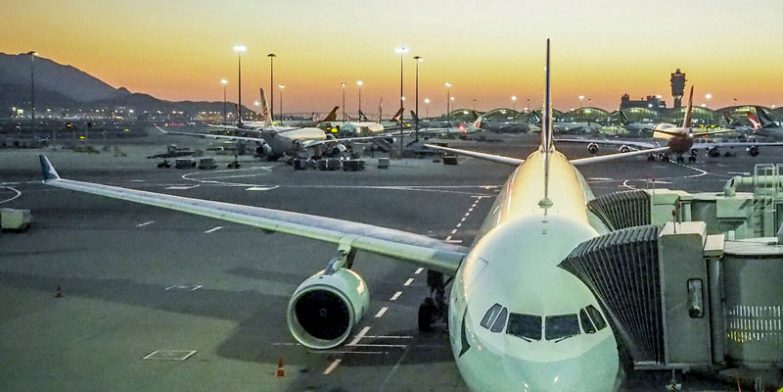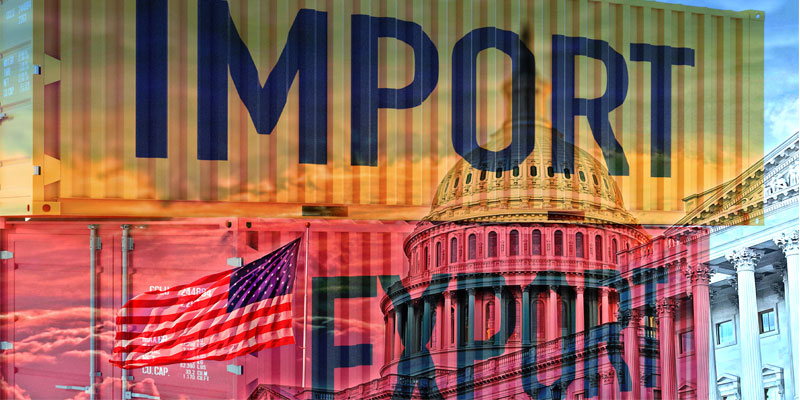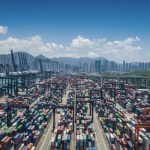
The global freight market remains in a state of transition, shaped by shifting demand patterns, regulatory changes, and ongoing geopolitical uncertainties.
As we progress through Q1 2025, air, ocean, and road logistics are each experiencing unique challenges and opportunities. Air cargo has defied expectations of a post-Lunar New Year slump, despite eCommerce disruptions and US trade policy shifts.
In ocean freight, markets are adjusting to carrier alliance reshuffles, rate volatility, and capacity constraints, particularly on Asia–Europe and Transatlantic routes.
Meanwhile, road freight is seeing moderate rate stabilisation in Europe, while in the US, trucking volumes remain sluggish, though industrial activity is showing signs of recovery.
OCEAN
The global shipping landscape is evolving, with freight rates under pressure, a 5% rise in global container capacity, and uncertainty surrounding new US trade policies. The Shanghai Containerised Freight Index (SCFI) has fallen 17% since the start of the year, but rates remain volatile, impacted by service disruptions, alliance reshuffling, and Red Sea geopolitical tensions. Market capacity is tight, with 30% of Far East westbound sailings expected to be blanked.
After record growth in 2024, liner capacity expansion has slowed to 5% in 2025. Port congestion has been at a three-month high, particularly in China ahead of Lunar New Year, and available capacity remains fully utilised, with just 0.2% of vessels idle. The market is expected to remain volatile through April, driven by the post-Lunar New Year slowdown and carrier alliance shifts.
Despite strong pre-tariff US-bound cargo demand, a seasonal transpacific decline is expected post-Lunar New Year. The Far East remains a key driver of trade growth, and while the US outperforms other economies business confidence is wavering.
AIR
Despite concerns of a post-Lunar New Year slowdown and US trade policy disruptions, global airfreight rates have remained stable, resisting expectations of a significant downturn. The suspension of the US de minimis exemption briefly unsettled eCommerce shipments, but the market has shown resilience, with rates steady or rising on key trade lanes.
Recent data from the Baltic Air Freight Index (BAI00) shows a moderate weekly increase in rates, outperforming the same period last year. While demand patterns fluctuate, particularly in China and the US, there is no immediate sign of a major pricing decline.
- China: Shanghai outbound rates rose 8% week-on-week, with year-on-year gains exceeding 10%. Hong Kong rates dipped slightly but remained strong.
- US: Rates to Europe increased, while shipments to China and South America declined slightly. Miami maintained strong pricing.
- Europe: Rates rose across major lanes, particularly to China, Japan, and the US, reflecting stable demand.
ROAD
European road freight spot rates rose slightly in Q4 2024. Up on Q3 2024, but still lower year-on-year. Despite this modest increase, market conditions remain challenging, with a driver shortage of 500,000 positions across Europe and rising diesel costs.
Fuel prices dropped to €1.50 per litre in September but rose 4.6% to €1.57 by December. In the UK, diesel fell to its lowest level since March 2022, settling at 142.91p per litre in January 2025.
While rates are stabilising, economic stagnation and cost pressures continue to influence the market.
The US truck freight market began 2025 with flat volumes, hindered by weak demand and severe winter weather. However, industrial activity is improving, raising hopes for a spring recovery.
Despite subdued shipments, LTL carriers continue to push for rate increases, with January’s long-distance LTL PPI rising 6% month-on-month—its largest increase since Yellow’s collapse in August 2023. Year-on-year, PPI climbed 6.2%, indicating a pricing shift ahead of stronger demand.
With US manufacturing expanding for the first time in two years, rising industrial orders and improved economic confidence could drive freight demand in the coming months.
In an increasingly volatile global freight market, ensuring supply chain stability is more critical than ever. Our dedicated commercial vehicle fleet and secured price and capacity agreements with trusted air and ocean carrier partners keep your cargo moving efficiently and cost-effectively.
With Global Forwarding’s advanced purchase order management and data-verified tracking technology, you gain unparalleled transparency and control over your shipments, empowering you to make informed decisions and adapt to market fluctuations with confidence.
EMAIL Andy Costara today to explore how our tailored freight solutions can enhance efficiency, mitigate risks, and optimise your global supply chain.





